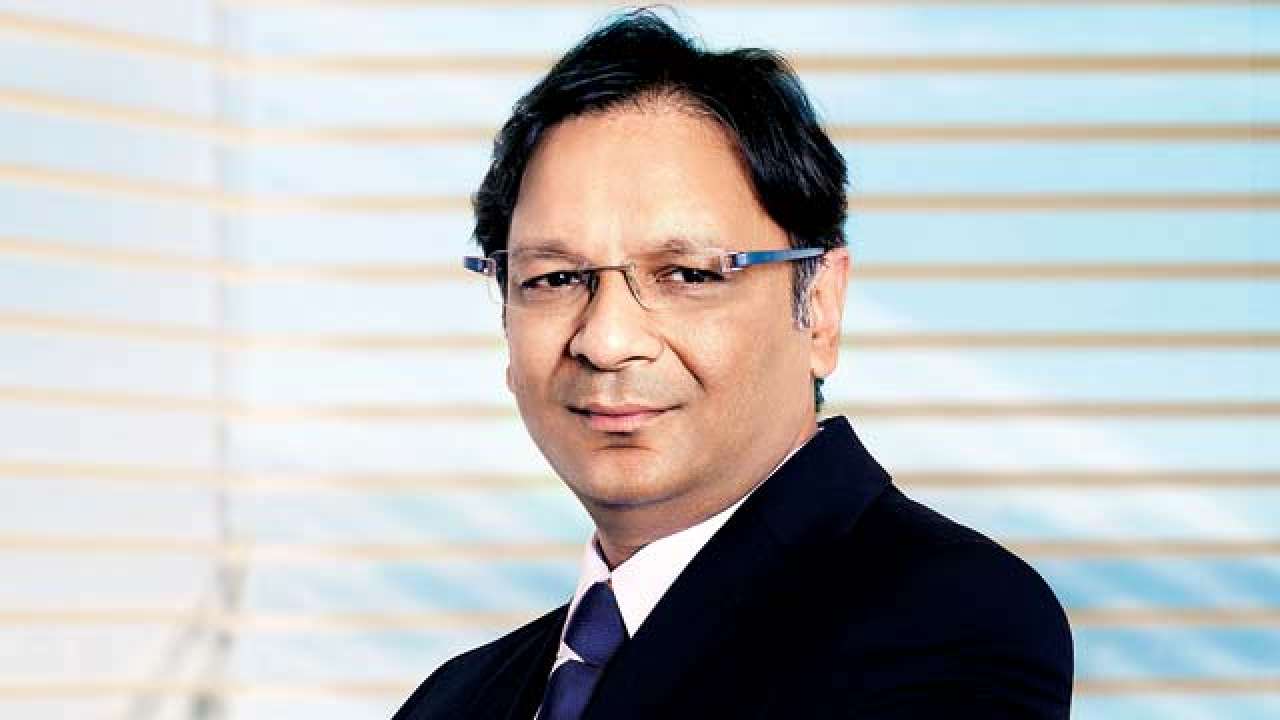
Ajay Singh, chairman and managing director of SpiceJet, the airline he started in 2005, sold five years later, re-took control of in 2015 and turned it around, now plans to fly over 100 amphibian planes in India to boost connectivity and tourism. In an interview with Shahkar Abidi on the sidelines of an event announcing the plan for amphibian planes, he spoke about how is the carrier is going to raise money for the amphibian planes, the plan to start long-haul low-cost services, fuel price, fares, among other things.
No, it is they (Japan's Setouchi Holdings) who came to us. Actually, I had used one of the planes in Dubai earlier this year. It was so interesting to see it land on a small body of water. It makes us think that in a country (India), which is so constrained in infrastructure and where there are so many small cities and towns which have nothing like an airport, can air connectivity be provided to the people here? The amphibian planes can do that. So here we are trying to do that.
In terms of commercial viability, this is exactly what we are doing now. We are studying how the cost can be brought down to a level where we can fly people at a reasonable fare and also make significant money. Obviously, SpiceJet is a commercial enterprise and would, therefore, get into it only if there is commercial viability in the project.
We met with the authorities and they have been extremely enthusiastic about the whole thing. We don’t see getting permissions would be a challenge because if these planes can fly in other parts of the world, then why not here? The same rules that apply to other parts of the world, in developed economies, can be applied in India. Sometimes, these kinds of projects fail in India because of the lack of scale. With around two to three planes, it becomes very expensive to get it (the aircraft), hire pilots and engineering services, etc.
In today’s world, raising the funds is not very difficult as you can see from our earlier funding of planes. We have also discussed it (seeking loan on low interest from Japan) and will certainly look at that possibility.
As far as the Indian government is concerned, we see them contributing by coming up with relevant rules, regulations, policies and facilitating. The infrastructure development has to be done by the private sector.
It is a possibility but not likely to happen soon. If we can bring down the cost, then certainly it’s possible. People will travel at low cost wherever it is possible. But thing is that we can fly low-cost if the cost itself is low. We are talking with the manufacturers to see how the cost can be brought down.
No, not this winter.
So far, we have been passing on the benefits of low ATF rate; not the last one, but generally, we have been doing it. But I think there has to be a long-term solution to it - such that the airlines (Indian carriers) would get input credit for fuel just like their foreign counterparts. So we have requested the government as well as the GST Council that all the taxes be combined into a single tax which can be charged at source so that the cost of fuel can come down. Here, we are competing with the foreign carriers which all get input credits, and hence, their costs are lower than the Indian carriers. We are asking the government that the fuel should be covered under GST as that can bring down the cost of air tickets by at least 10-15%. So for example, a typical Delhi-Mumbai average fare which costs around Rs 4,000 can get cheaper by that much of amount (10-15%).
It is better this year. The demand is back to the pre-demonetization level as people have begun travelling like the way before.